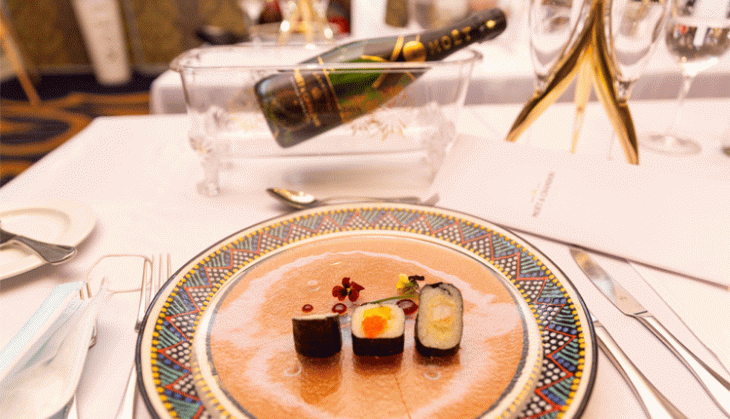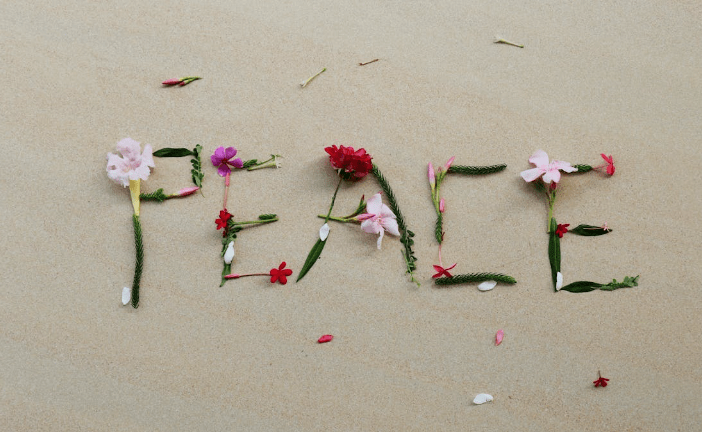Perfect pair: Many associate champagne with celebrations, few ever talk about pairing it with meals

While many associate champagne with celebrations, few ever talk about pairing it with meals.
In a recent private tasting that was held at Villa Rosa Kempinski, Alexandre Helaine, the market manager in Eastern Africa for Moët, shared how different expressions of champagne pair with different meal flavours and textures.
He would start off the dinner with a mini crash course in how to handle champagne, explaining the importance of serving it chilled, and knowing how to open it in order to hear the characteristic pop without injuring diners with flying champagne cork.
One should twist open the cage loop, cover the cork with the pointing finger from the non-dominant hand, twist the cage six times, then twist the bottle. The cork should release with a pop without flying off.
In order to pair Moët with food better, it is important to understand the flavour profile of each expression.
Moët Imperial Brut is golden in colour with a citrusy taste and distinctive green apple notes.
Moët Imperial Rosé is pink, hued with distinctive fruity notes of strawberry and cherry and an aroma reminiscent of roses.
Moët Imperial Nectar has a golden hue and a vibrant creamy taste with fruity notes.
While chefs and champagne experts may guide you on how to pair champagne and food, taste is highly personal, and therefore, the pairing is discretionary.
A few rules to remember are the importance of chromaticity, salinity, and simplicity.

Chromaticity refers to the colour of the champagne and food. If the food and champagne are of a similar colour, the pairing is a match.
This is why Brut pairs well with white meat, and Rosé pairs well with red meat.
Salt or salinity help highlight the flavours in the champagne, while simplicity is important as it is easier to add to a plate than it is to take away some ingredients.
We put the simple rules to the test in a four-course meal. Sushi paired well with Brut, as one could clearly taste the brininess of the sushi amidst the explosive bubbles and the citrus notes from the champagne.
Rosé was paired with beef tartare. The fruitiness of the champagne balanced out the umami of the beef. For the main course, basmati biryani was paired with Nectar Imperial.
The vanilla notes in the champagne complemented the rich flavours from the spicy biryani.

For dessert, pairing was discretional. Seasonal fruit carpaccio was served together with baked ice cream and sorbet.
The plating evoked summer in Alaska as clouds of ice-cold nitrogen beautifully swirled around the dish.
I liked the dessert with Brut, as the understated apple notes paired well with the sweetness from the fruits and ice cream.
After the meal, we would practise opening a few more bottles of champagne then proceed to toast to newly found knowledge and good health.
Santé! Here’s to hoping that you too try pairing food with champagne in your next celebration.











